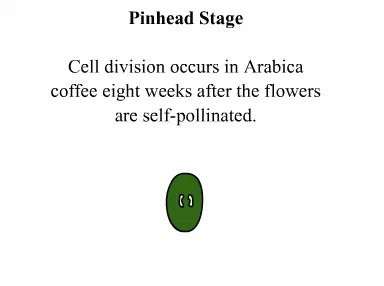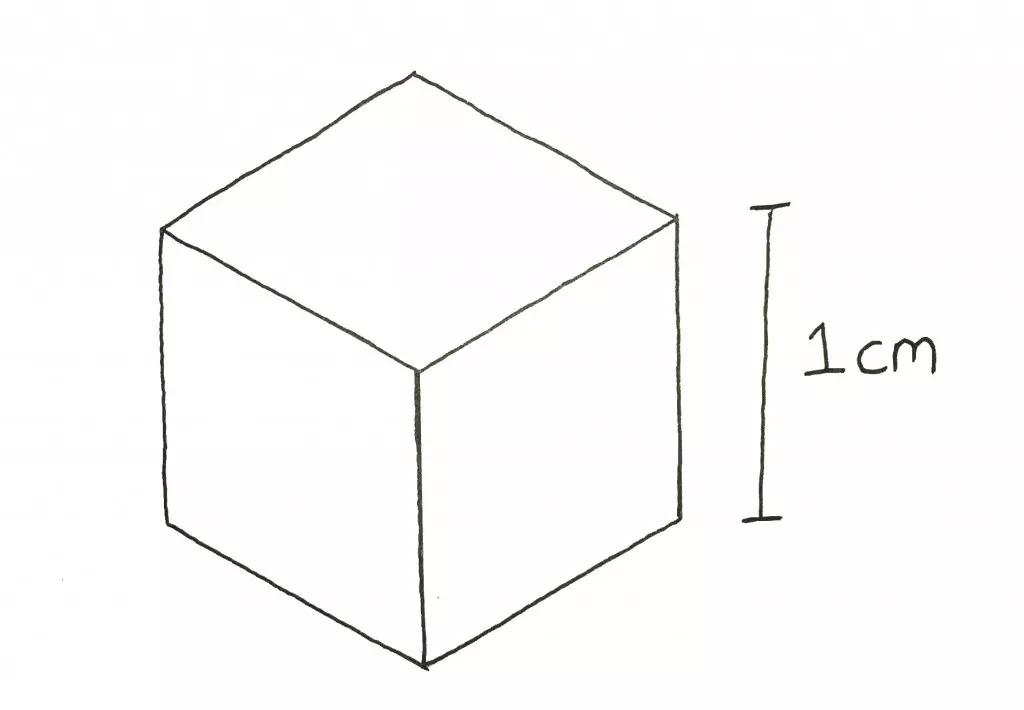Four criteria for judging the quality of milk foam making good milk foam is an important factor affecting the success of coffee flower drawing.
Friends who have just come into contact with coffee still have a big problem with how to judge the quality of milk bubble. today, Chongqing Brista Coffee training School wants to share with friends how to judge the quality of milk bubbles. On how to judge the quality of milk foam every time I communicate with friends, I only get some very general results.
Standard one: milk foam should be delicate.
For example: be delicate (what is delicacy? No one can explain it in precise words), like velvet (what is velvet? As a state-protected animal, how many people dare to beat a swan to touch its velvet?), to be slippery (milk is the most slippery, just like this guy is lazy and has nothing left in your mouth), there are numerous such extremely vague adjectives. But there is a saying that is very close to the delicate state of milk foam: the surface should be reflective. This statement is very objective and direct, at least it can be used as a standard to be seen by the naked eye.
The main reason for saying so much here is to give you a standard that can be touched by the hand, seen by the eye and heard by the ear. Once this standard is mastered, we will discuss the comprehensive impression formed in the mouth through the oral mucosa, taste buds and through the internal nostrils of the palate, that is, the question of taste.
So what are these standards? The surface should be able to reflect light first.
Standard 2: no coarse bubbles
There is no coarse foam on the surface. This requires a lot of foam control, when larger than the diameter of 1mm are called coarse foam.
Standard 3: the foam temperature is 60 degrees Celsius-65 degrees Celsius
In the case of the same amount of milk (all added to the position at the bottom of the cylinder mouth), no matter 60% full or 70%, 80%, 90% or full, the temperature should be the same, and the number of foam can not be adjusted by the temperature.
Standard 4: don't waste milk.
Make two cups of cappuccino, using the WBC standard cup. Pour the foam into the cup and leave no drop in the jar. If this standard is sublimated a little bit, it will become: just hit as many milk bubbles as you want (except for micro-bubbles such as macchiato), which is very difficult to practice and takes a long time.
The above four standards have been achieved, at least it can be regarded as a good bottle of milk foam in terms of vision, feel and technology. Earlier also mentioned a sense of hearing, which depends on the milk, just hit the milk foam, must not hear a very continuous burst sound, which can ensure the persistence of the milk foam in the cup.

Source: Beresta's blog
Important Notice :
前街咖啡 FrontStreet Coffee has moved to new addredd:
FrontStreet Coffee Address: 315,Donghua East Road,GuangZhou
Tel:020 38364473
- Prev

Detailed analysis of the specific changes in the ripening process of coffee beans by diagrams of the growth and ripening process of coffee beans
It takes about 8-9 months (32-36 weeks) for coffee to blossom to ripen. Today, Chongqing Beresta Coffee training School is here to share with friends the whole process of coffee bean growth and ripening. [tiny stage] (the first 8 weeks) Arabica coffee begins to divide eight weeks after flowering and fertilization. [site grabbing stage] (8-12 weeks) vesicle cavity (with ovary)
- Next

On the important factors affecting the extraction area and extraction time of coffee powder on a good cup of coffee
There are many factors that affect coffee extraction. Baristas need to control these factors reasonably before they can get the perfect coffee and produce the taste they want. today, the barista barista training teacher in Chongqing will tell you about controlling the time and area of coffee extraction to meet the extraction requirements. Extraction time and extraction area are at any time
Related
- What is the meaning of lactic acid fermentation with coffee bean treatment?
- How to judge the state of foam by sound?
- How does the latte pull out the unicorn pattern? Come to get for a little trick to improve the flower pull!
- Will flower pulling affect the taste of the latte?
- Do you know the history of coffee?
- The difference between honey treatment and sun washing what is raisin honey treatment?
- What kind of milk can a novice use to make coffee foam to keep the foam longer? The correct method and skills of milking tutorial sharing
- Why do washed coffee beans taste sour? Flavor characteristics of washed Coffee
- Introduction to the skill of how to practice the size and height of water injection around the circle of hand-brewed coffee
- How do beginners practice coffee flower drawing from scratch?

